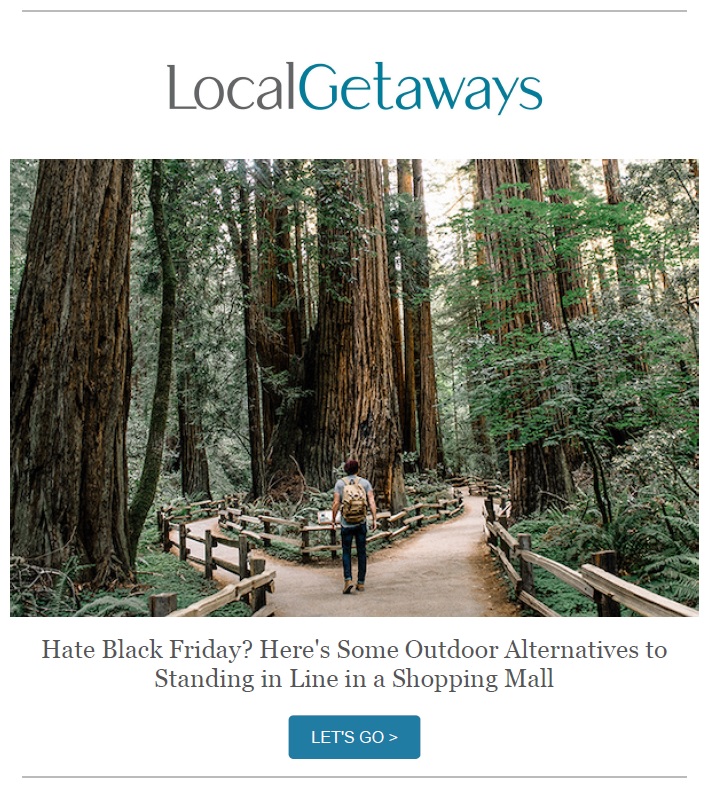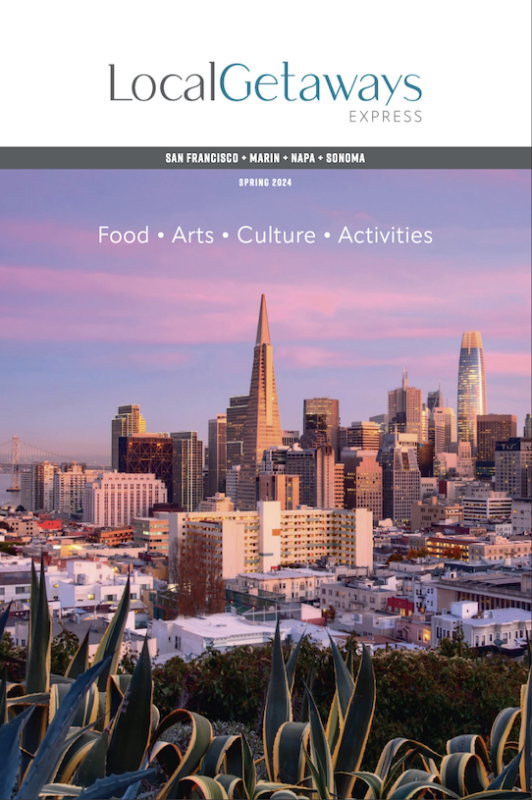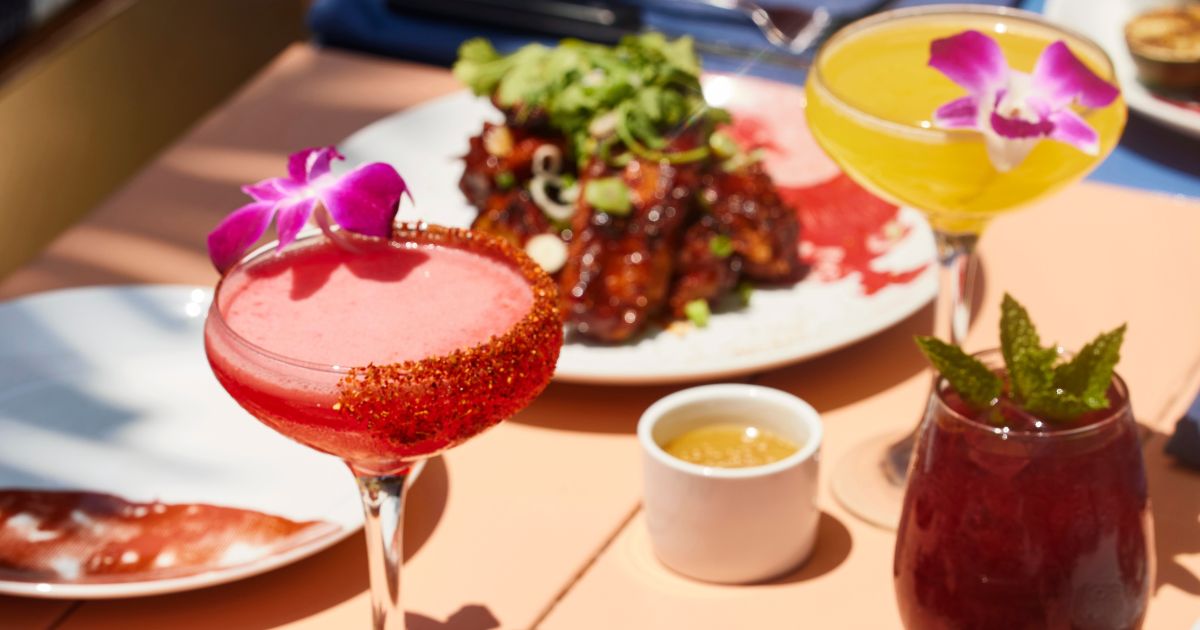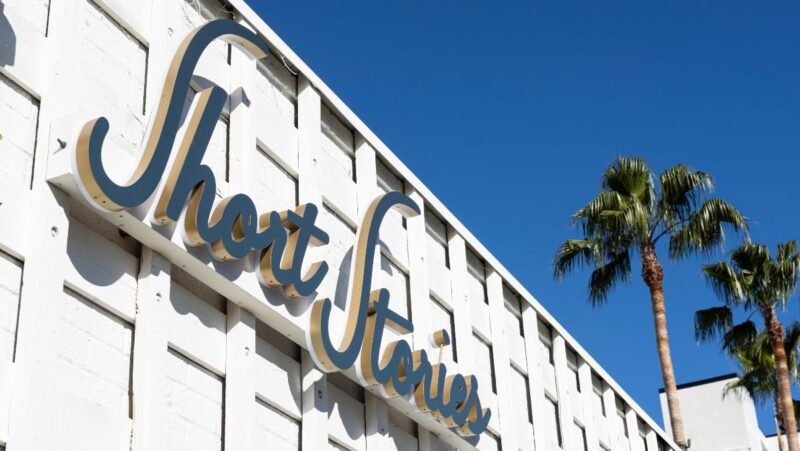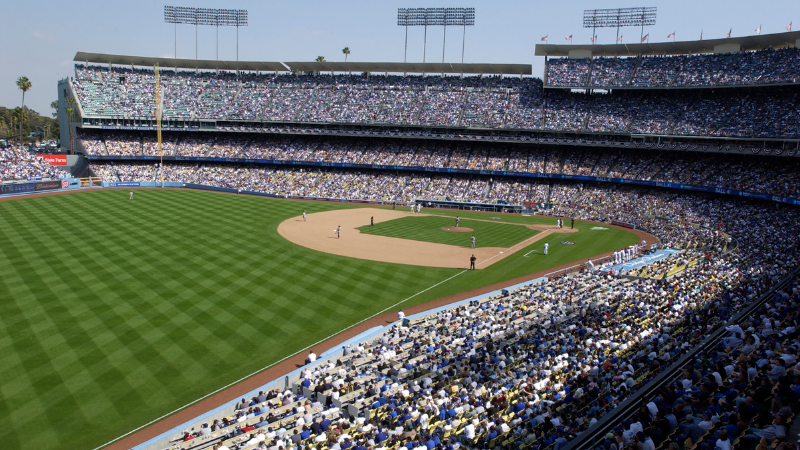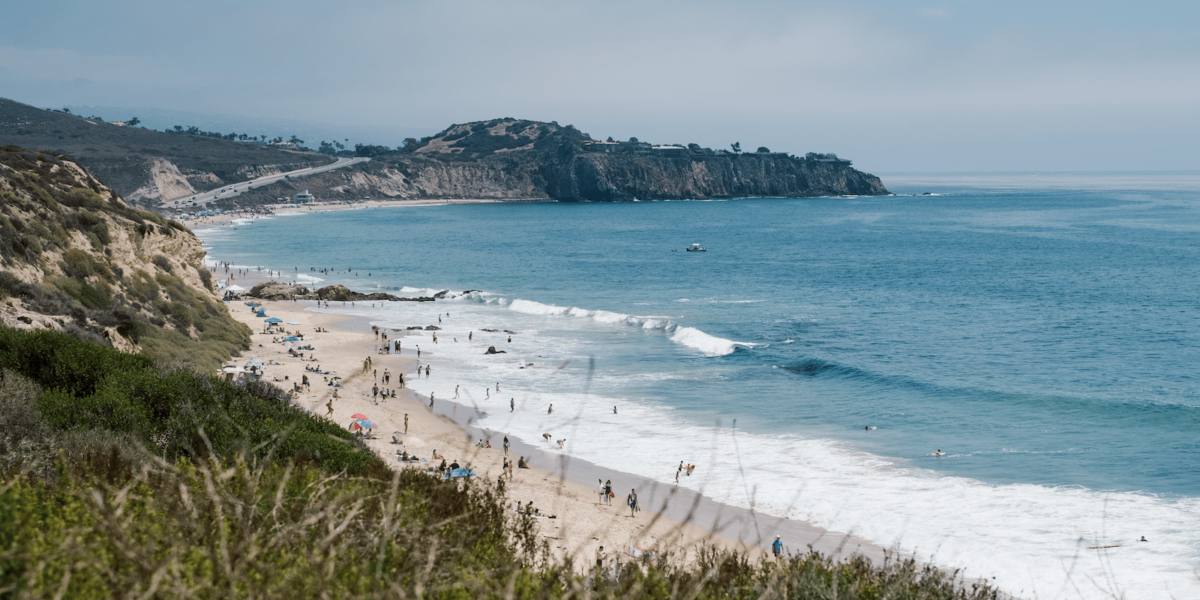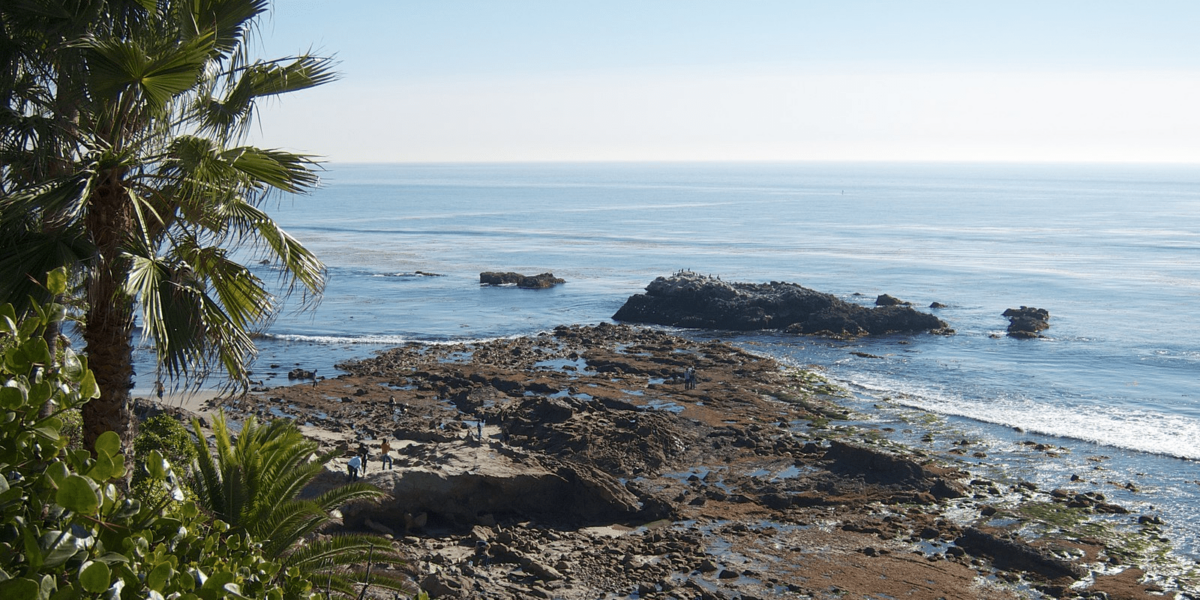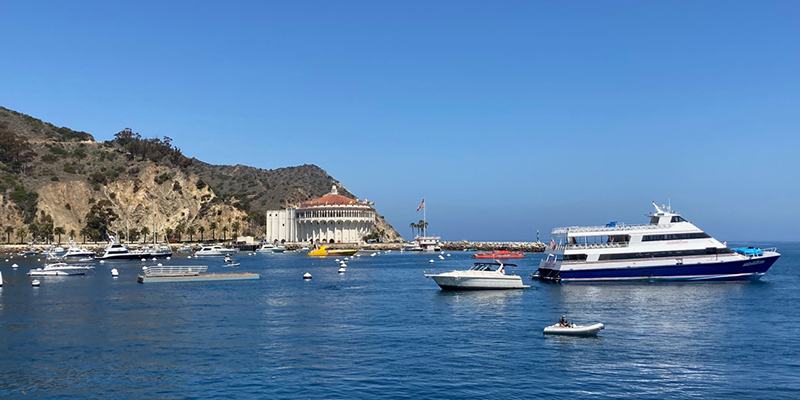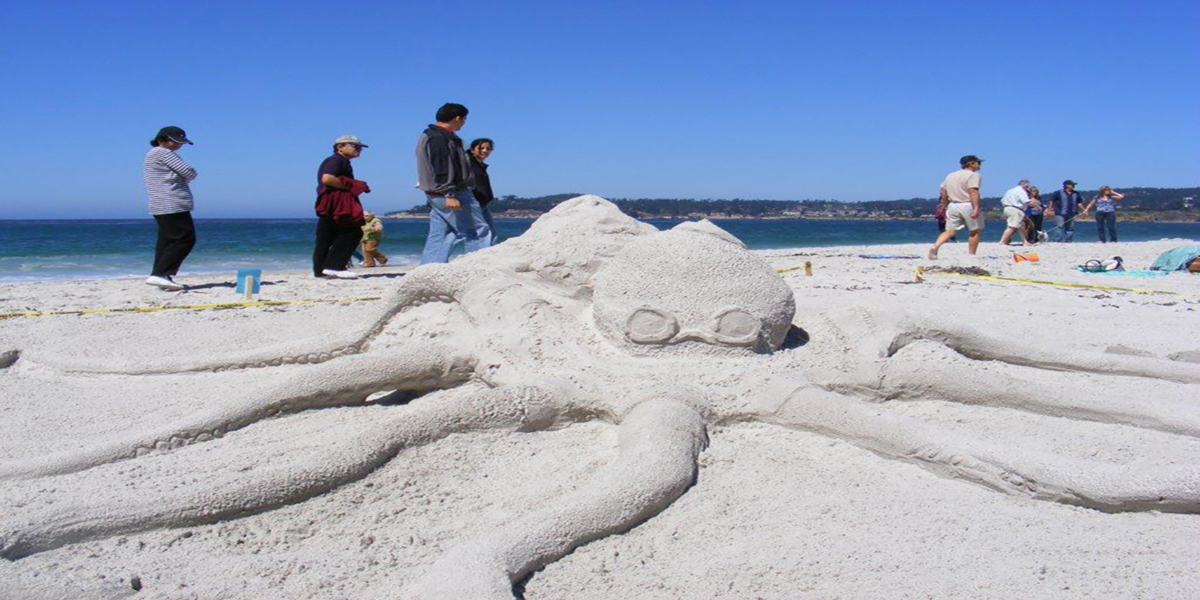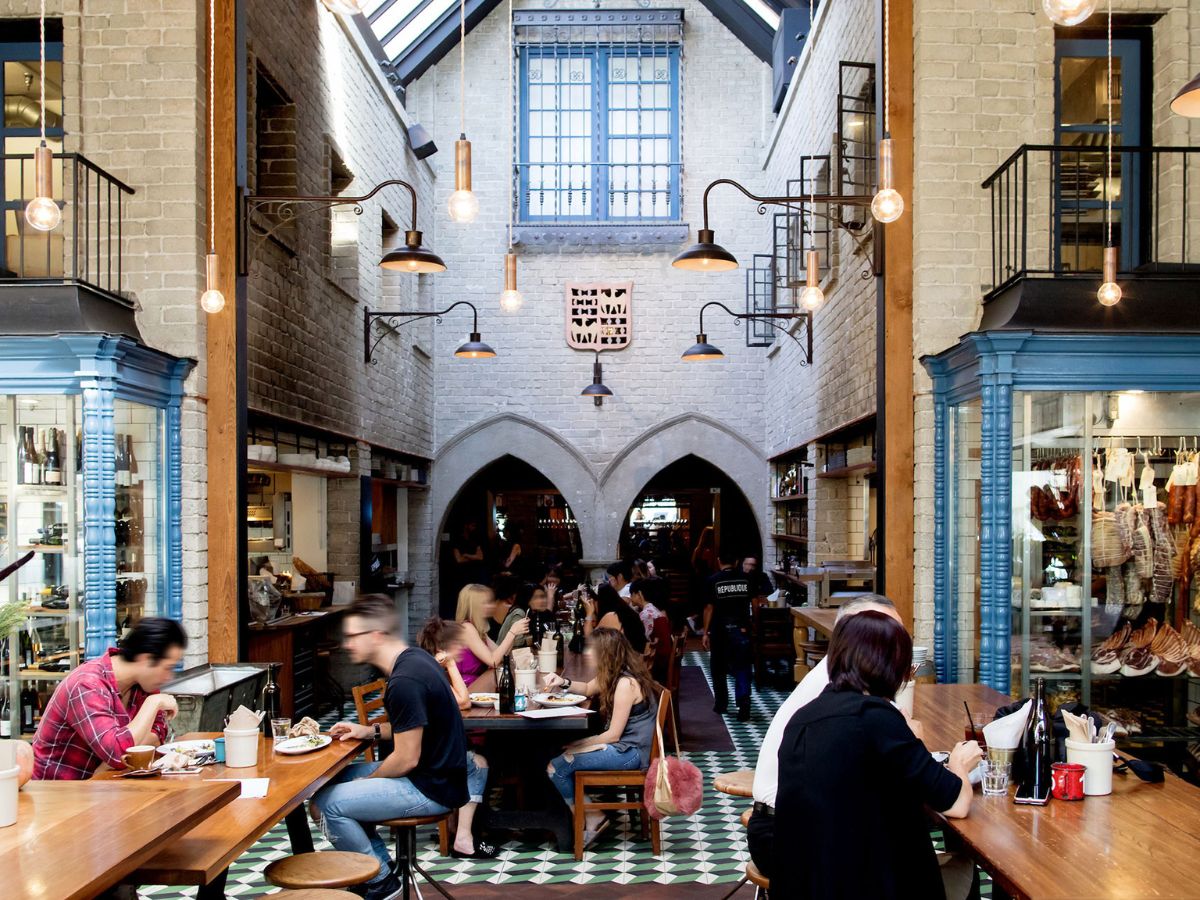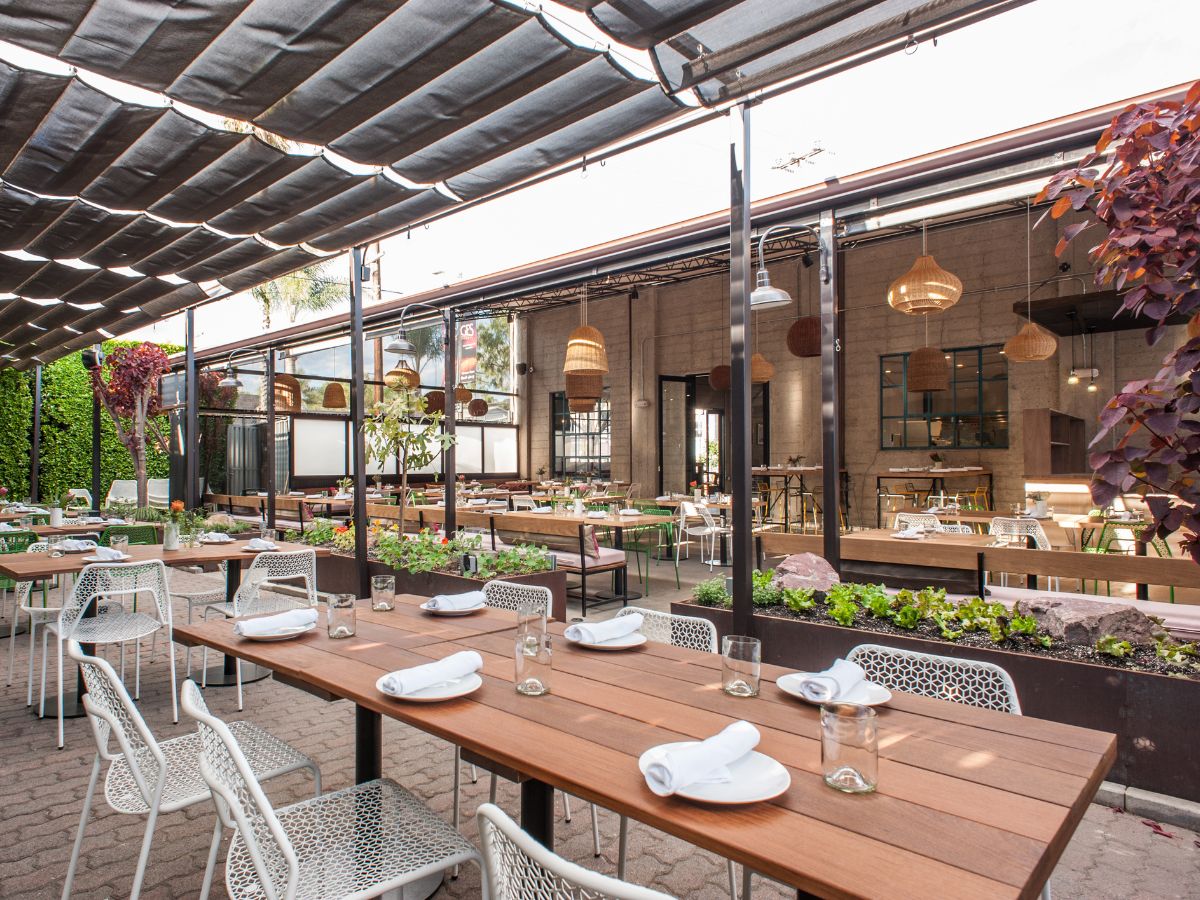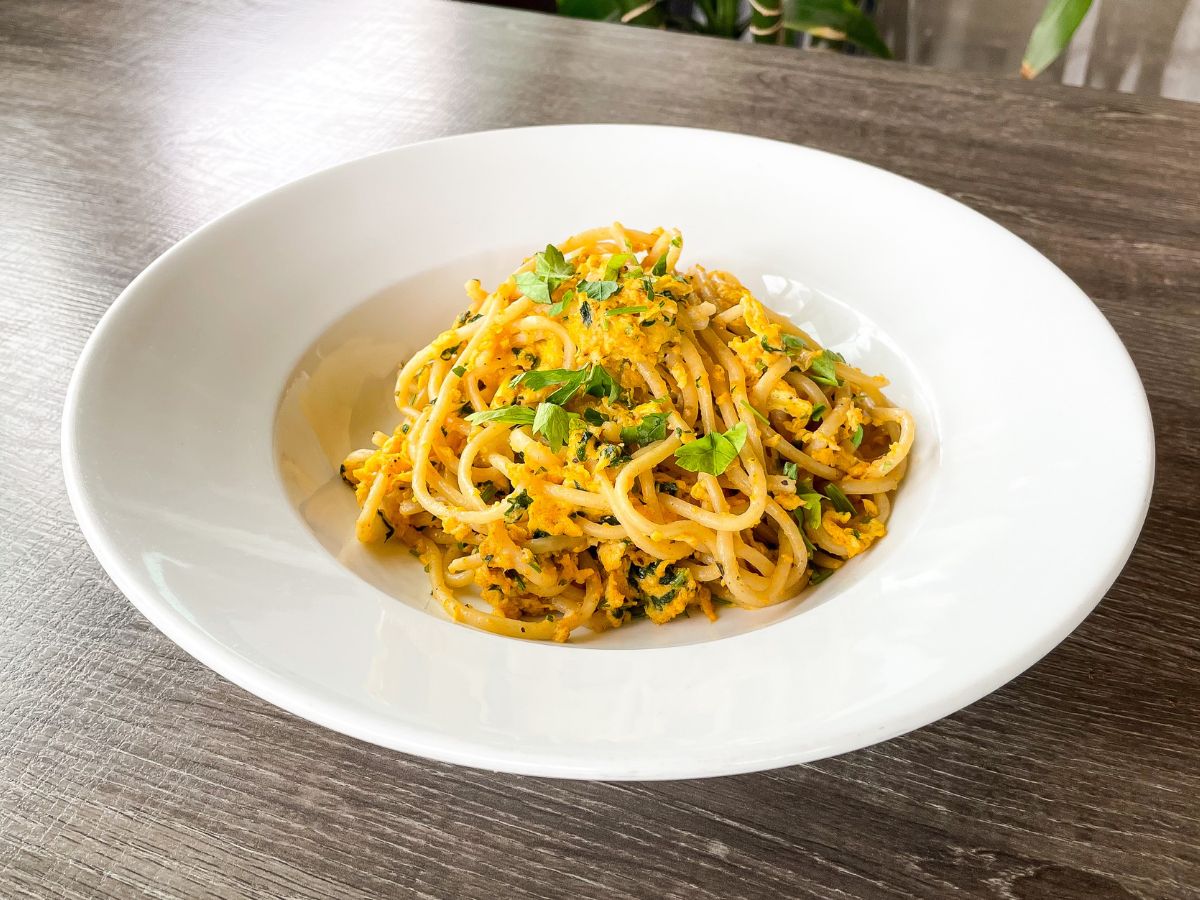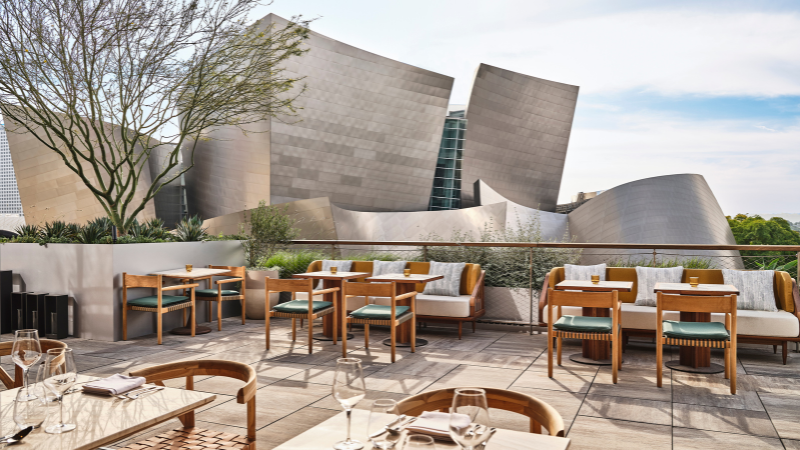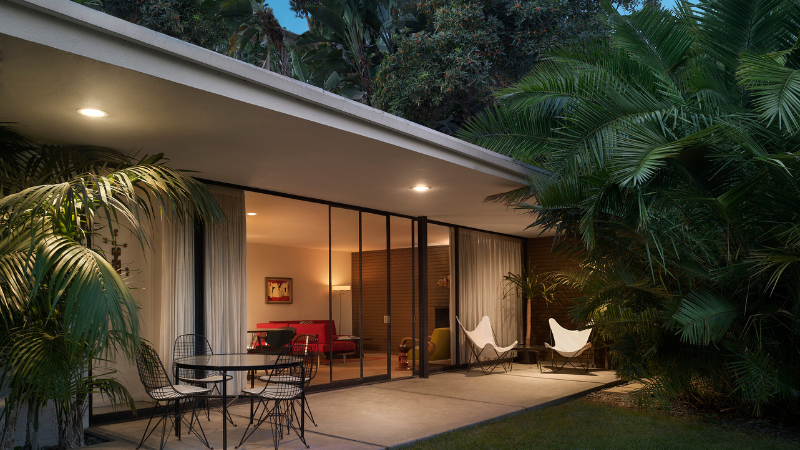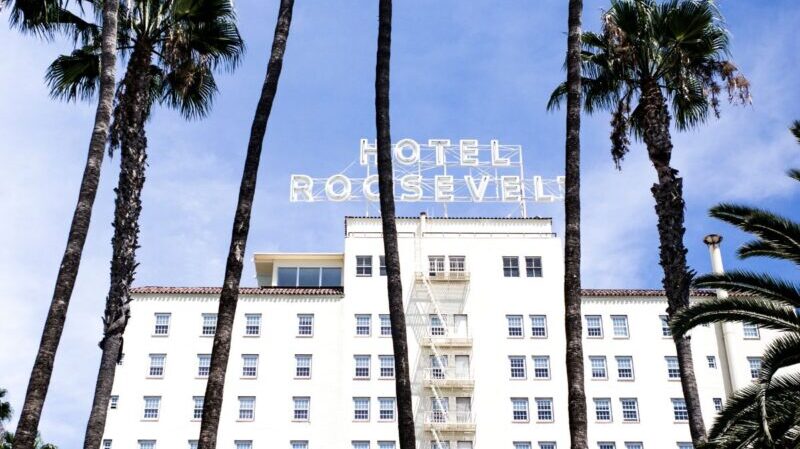Los Angeles
Travel Los Angeles Like a Local
Everything you need to know about visiting Los Angeles, curated by local experts
- The Santa Monica pier is home to a 1920s-era wooden carousel with 44 horses, a rabbit, a goat, and two sleighs.
- The Last Bookstore is touted as being “California’s largest used and new book and record store.”
- Griffith Park is one of America’s largest municipal parks and wilderness areas covering 4,210-acres.
Getty Villa Museum
Set out on the Pacific Coast Highway (PCH) to discover an architectural jewel chockfull of culture: Getty Villa Museum. Fashioned after a Roman country home, Getty Villa houses impressive Greek and Roman antiquities collections. Permanent exhibitions are on the villa’s first floor, with changing exhibitions on its second story. A favorite to happen upon — the Roman-era mummy.
Santa Monica Pier
Movie buffs will immediately think of Santa Monica Pier when the city of Santa Monica is mentioned. Indeed, this National Historic Landmark has been featured in many films, television episodes, and music videos.
The Last Bookstore
There’s magic to be discovered in Downtown Los Angeles (DTLA). Where it resides: The Last Bookstore. Located in a 22,000-square-foot former bank, The Last Bookstore is touted as being “California’s largest used and new book and record store.”
Griffith Park & Observatory
One of the best views of Los Angeles can be had atop Mount Hollywood with a visit to the Griffith Observatory. Lifting those views high up into the galaxies is the Samuel Oschin Planetarium with its Zeiss Universarium Mark IX star projector. Since its doors opened in 1935, the Griffith Observatory has reigned as the “most-visited public observatory in the world.” Today, visitors can partake in various programs, exhibits, and talks.
Movie Studios & Iconic Hollywood
The romance of the silver screen is undeniable when visiting Los Angeles. There are myriad ways to glimpse Hollywood’s past and present. Walking in the footsteps of celebrities past and present is possible through various film studio tours, including Warner Brothers, Paramount Pictures, and Sony Pictures. Then, there’s Universal Studios’ 60-minute behind-the-scenes tour that’s included with admission to the theme park.
Beverly Hills
Rodeo Drive. The name of this Beverly Hills destination evokes images of Bentleys pulling up to designer boutiques — Alexander McQueen, Tiffany & Co., Dior, Burberry, Chanel, Cartier… sigh. It’s a shopper’s paradise, Champagne included. This is the heart of Beverly Hills and drips with wealth, opulence, luxury, and palm trees at every turn. There’s even a podcast devoted to the street.
A starting point for learning about Los Angeles’ origins can begin in the Mid-Wilshire area with a visit to one of the First 100 IUGS Geological Heritage Sites proclaimed by the International Union of Geological Sciences (IUGS): La Brea Tar Pits & Museum. (Don’t miss visiting the Los Angeles County Museum of Art (LACMA) while in this complex). Here, it’s possible to see the world’s sole urban Ice Age excavation in action, with ongoing discoveries of fossils ranging from giant mastodons to the most delicate of insects.
By 8,000 B.C., Los Angeles was settled by the Chumash and Tongva Native American tribes. The region became a Spanish outpost in 1769, with 21 Spanish missions, which can be visited along The California Missions Trail, being built throughout the state.
A destination considered the “birthplace” of Los Angeles is Downtown Los Angeles’ Olvera Street. This veritable living museum features a mixture of the Native American, African and European cultures of the 44 settlers who traveled from Mexico to establish the city in 1781.
In 1821, Mexico declared its independence, taking control of California. By the conclusion of the Mexican-American War in 1848, the United States had acquired California. New residents poured in during the Gold Rush, along with the dawning of the Southern Pacific Railroad and the oil boom.
Another industry would find its way to Los Angeles — the film industry. It kicked off in 1908 with the filming of The Count of Monte Cristo. Since then, LA’s Hollywood district has been the hub of the entertainment world. Signaling its location is the famed Hollywood sign, which was first erected on Mount Lee in 1923. Want to get up close and personal? Take to the dusty trails cowboy-style on a Sunset Ranch Hollywood horseback tour.

